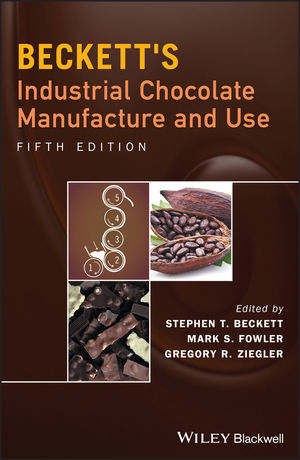Child labor
Olam Cocoa continues work to eradicate child labor
In the 2018/2019 Olam global cocoa supply chain, the companies identified 7,059 cases of child labor in the sustainability programs run with its branded partners.

Editor’s note: Olam Cocoa is working hard to eradicate child labor in it’s supply chain. Below, the Billie Elmqvist Thurén, child labor analyst, Olam Cocoa, offers a detailed look at how they are working to make that happen.
Child labor in cocoa producing countries often stems from some really complex societal and economic challenges, from migration and poverty, to proximity to schools and community infrastructure.
The complexity of the problem means one intervention will never be enough – what is required is a broad range of preventative and remedial actions, both at the individual, community and national level. The complexity also necessitates that companies have better visibility of their supply chain and better understand the array of factors at play that create the conditions for child labor.
Olam Cocoa has committed to set up dedicated child labor monitoring and remediation systems (CLMRS) across 100 percent of our direct sourcing areas. Earlier this month, it announced a partnership with the Fair Labor Association (FLA) and local cocoa farming cooperatives to digitally register nearly 7,000 farmer suppliers in Cameroon and their households – the first time these measures have been introduced professionally and at scale in Cameroon.
This digital approach to mapping the child labor issue in the supply chain is the first step to resolving the problem. It is essential to allow Olam Cocoa to understand where it can best focus resources and efforts to tackle child labor, and to share data with partners and cooperatives on the ground so that we can co-create together.
Just as important is what this knowledge enables cocoa companies like Olam to unlock in terms of multiple, complementary efforts.
We’d like to share with you new details and examples from Cote D’Ivoire for the period 2018-2019 where CLMRS has been scaled up to cover 185 cooperatives from a standing start in 2015. It’s a snapshot of the range of measures necessary to make a difference
- It’s often something comparatively ‘basic’ which can prevent a children from accessing school. We are establishing 1,638 birth certificates for children who run the risk of not being admitted to secondary school as a result of lacking such documents.
- Clearly, education has to be accessible and in reach. Using the premiums received for the sustainable cocoa that we purchase, our cooperatives have constructed 84 classrooms, built four teachers’ residences, constructed 2 canteens and refurbished another four schools and a youth hostel, as well as equipping schools with school benches, school kits and school books. These interventions have improved the quality of education for more than 22,000 children.
- Equally if not more importantly, we need to address the root cause of child labor which is poverty. We have set up over 111 Village Savings and Loans Associations that have managed to save nearly $155,000 in total and granted loans of a total value of $63,482. Given their success in promoting women’s economic empowerment and pooling funds for education expenses for children, we are planning to set up another 165 in 2020.
- All of this needs to be embedded in the community and local authority level – to that end we have established Child Protection Committees in 33 areas that promote awareness of children’s needs.
In our 2018/2019 global cocoa supply chain, we identified 7,059 cases of child labor in the sustainability programs we run with our branded partners. We are committed to remediate these and 5,060 (72 percent) of cases have now either benefited or are currently benefiting from remediation.
There is a lot more to do and Cocoa Compass, our sustainability ambition for the future of the cocoa sector, commits us to achieve the following by 2030:
- Improve cocoa farmer livelihoods and enable 150,000 cocoa farmers to achieve a defined living income
- Eliminate child labor
- Ensure all children of cocoa farmers have access to education
Eradicating child labor from the cocoa supply chain requires a concerted effort and we can only see a future where digital knowledge gathering is pooled and shared in multi stakeholder partnerships which will unlock the necessary remediation in the right places.
Looking for a reprint of this article?
From high-res PDFs to custom plaques, order your copy today!







